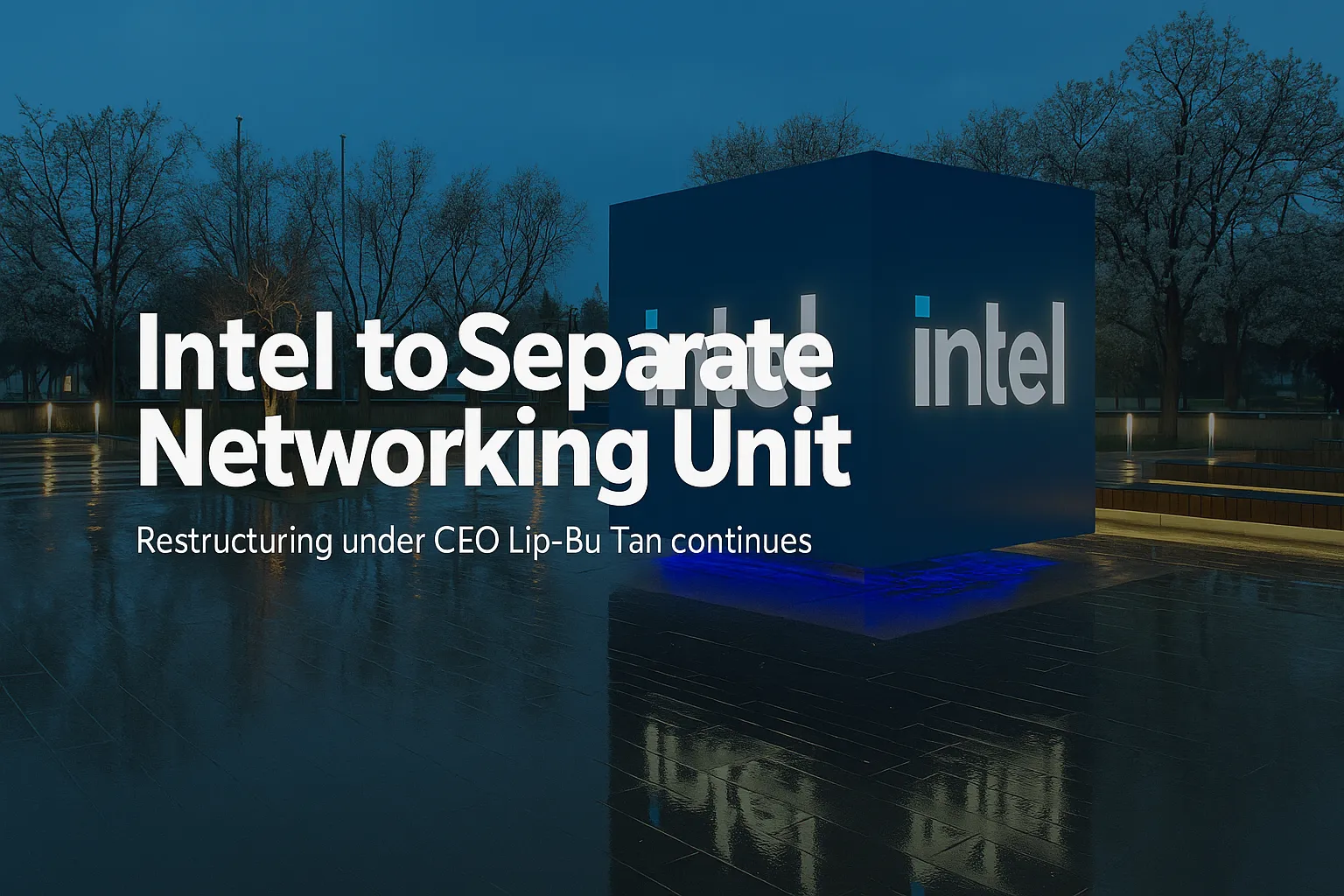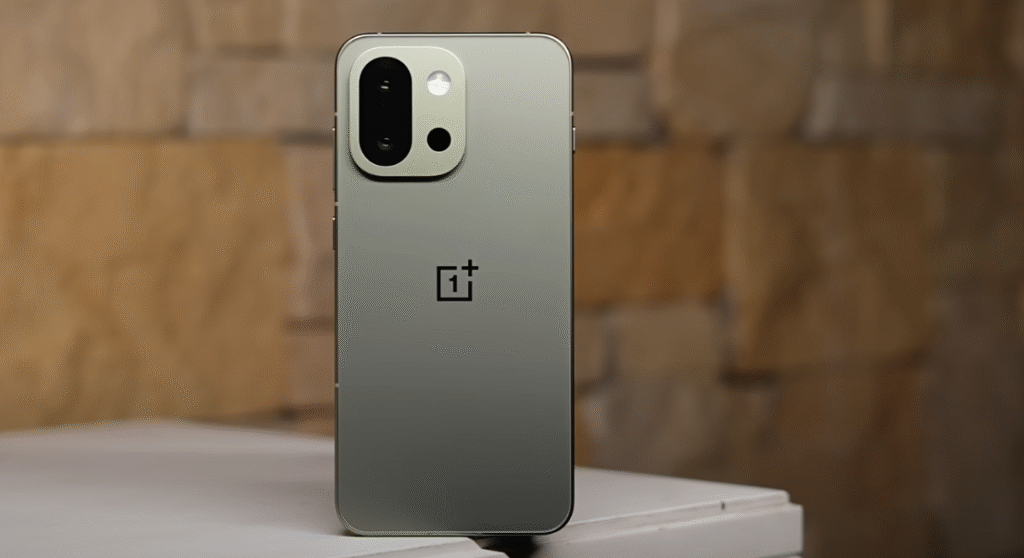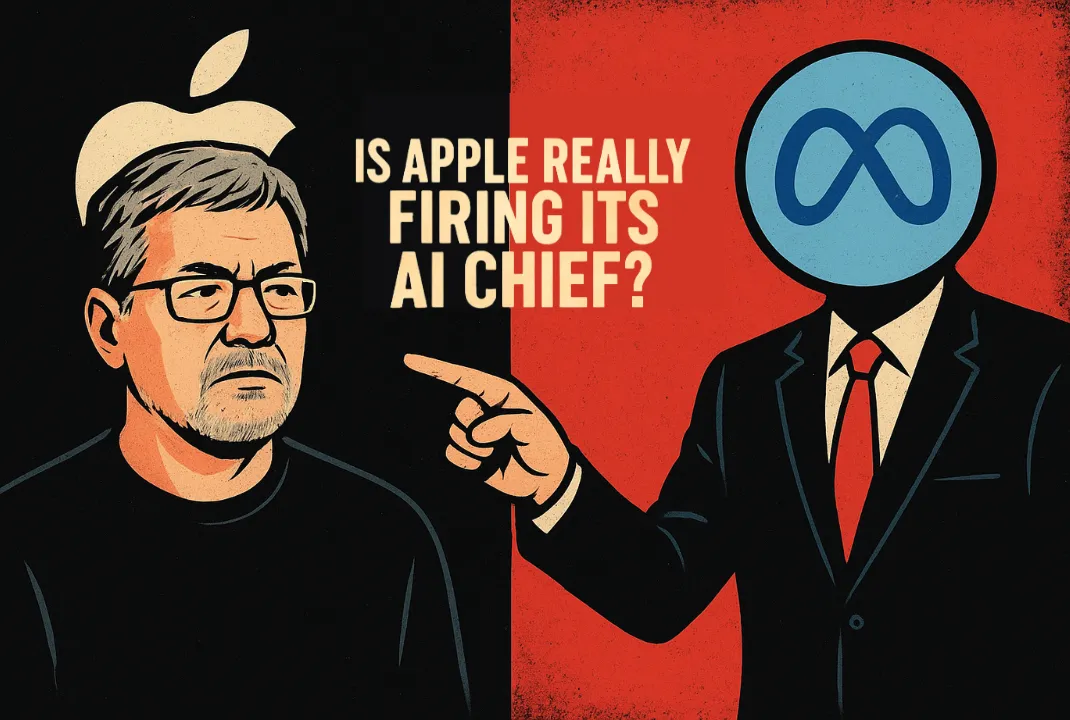When I first heard Intel’s separate networking unit had leaked in a memo, I sat up. Because it signals not just a carve‑out, but the start of a bold new strategy under CEO Lip‑Bu Tan. It feels like watching someone refocus a skyscraper: dramatic and structural.
Why “Intel to separate networking unit” matters now
Frankly, Intel’s Network and Edge Group (formerly NEX) pulling in $5.8 billion in 2024 ≈11 percent of sales is no small potato. But under Tan’s agenda, this unit is now labeled a “non‑core” asset. So they’ve begun courting investors, aiming to set it loose as an independent company, with Intel keeping an anchor stake. This is precisely in line with Intel restructuring under Tan shedding non-core assets and doubling down on PC/data‑center chips.
Why the pivot? Simple. Tan looks at Intel and sees too much complexity, too many legacy cost centers, and a slowing AI chip rollout. Cutting costs and cutting fat, not wasting billions building fabs no one’s lined up to use is all part of his calculus.
What is Intel NEX Separation and where it fits
NEX was folded under Intel’s PC and data‑center reporting in Q1. Now it’s getting its independence. Intel to separate the networking unit means turning the comms and telecom group into a standalone company. NEX is now free to operate in edge computing, 5G infrastructure, Ethernet, and telecom silicon, separately from the burden of Intel’s broader structure.
Think: more nimble, less bureaucracy, able to pursue deals without dragging behind flagship chip fabs or delays in 14A. It’s the reverse of Intel Altera divestiture in April (where Intel sold 51 % to Silver Lake but stayed in the game), but conceptually similar.
Intel restructuring under Tan a broader playbook
Tilt out the unnecessary. That’s Tan’s mantra. He’s killed off fab projects in Germany and Poland, slowed Ohio expansion, imposed layoffs 15 % of global staff and demanded economic justification before new nodes like 14A or future chips go live.
He’s also reorganized leadership. Sachin Katti, already heading NEX, was tapped as CTO and AI lead, blending networking with AI strategy to knit synergies tightly around Intel’s core ambition. That is how Intel aims to get back to bragging rights in PC and data‑center chips, not chase fringe units that bleed cash.
The financial gamble cost cutting, layoffs, and focus
Revenue is flat, loss ballooned Q2 net loss spiked to $2.9 billion, with restructuring costs of $1.9 billion. It isn’t pretty. Intel shares slid nearly 9 percent following news of the NEX plan and vision shift.
Sure, shedding Intel non‑core asset selloff like NEX gives immediate capital and margin relief but only if the spin‑off fuels reinvestment. Proceeds must go into AI, foundry services, PC chips. If not? It feels like running low on oxygen after cutting too many cylinders.
Intel focus on PC/data center chips the destination
Tan’s thesis: Intel’s future lies in its traditional strengths. Reinforced PC and data‑center CPUs (hyper‑threading is back!), AI inference chips, and foundry clients. The networking spinoff is deliberate: disentangle NEX so core chips can get more agility, budgeting, and leadership focus.
Is it working? Early signs are encouraging on discipline but slow on delivery. Execution risk is real. Missing in this structure are guarantees of regained market share vs AMD or Nvidia. Still. Better to be focused than flailing.
What happens to layoffs and legacy projects?
Cost cutting under Tan has been sweeping. Cancelled mega‑fabs, halted expansion plans, layoffs across geographies. That’ll reverberate in Germany, Poland, Costa Rica reorgs, and multiple foundry sites. If Intel to separate the networking unit is part of this as one of several non‑core divestitures the outcome is a leaner, cheaper, more nimble company. But tough: it means loss of jobs, loss of global footprint. A bitter pill. A trade‑off.
Intel Altera divestiture what came before it
Roll back to April: Intel agreed to sell a majority stake in its Altera programmable chip business to Silver Lake for ~$8.75 billion about half of what it paid in 2015. It stayed on as a significant minority owner. The model is clear: monetize legacy units while retaining upside exposure. The Intel NEX separation echoes this tactic Intel Altera divestiture was stage one. NEX is stage two.
Who’s Affected?
Intel’s restructuring anchored by the separation of its NEX business unit comes with significant human impact. While the company hasn’t released exact layoff numbers or demographic breakdowns, internal chatter and reports suggest that job cuts are concentrated in legacy networking teams, hardware engineering roles, and support functions across North America, Europe, and Asia.
It’s important to stress: no official demographic data has been published by Intel regarding who is most affected. Companies typically refrain from disclosing race, gender, or age-specific layoff figures. Any commentary around disproportionate impacts on women, minority tech workers, or older employees is speculative, often based on observations from insiders or watchdog groups—not public disclosures.
So what next?
If Intel nails the execution spin off NEX with good leadership, reinvest smartly, and push core chips competitively it could mark the start of a revival. If not, It may become one more chapter in a stumble.
I’m watching how the new NEX entity performs. Will it attract partnership deals? Will Intel stay influential inside it or slowly drift away? Questions. No answers yet.
Final note: why it matters
Intel to separate the networking unit is not just bookkeeping. It’s the signal of a company undoing decades of excess, redirecting itself toward what made it strong in the first place. And yes: painful, politically and financially. But possibly essential. And if execution fails? This story could flip fast from smart reorg to warning flag. What do you think about Intel NEX separation and this broader strategy? Drop your thoughts in the comments. I’m curious how well you think Tan’s sharpening the blade, or dulling it.












Leave a Reply
You must be logged in to post a comment.